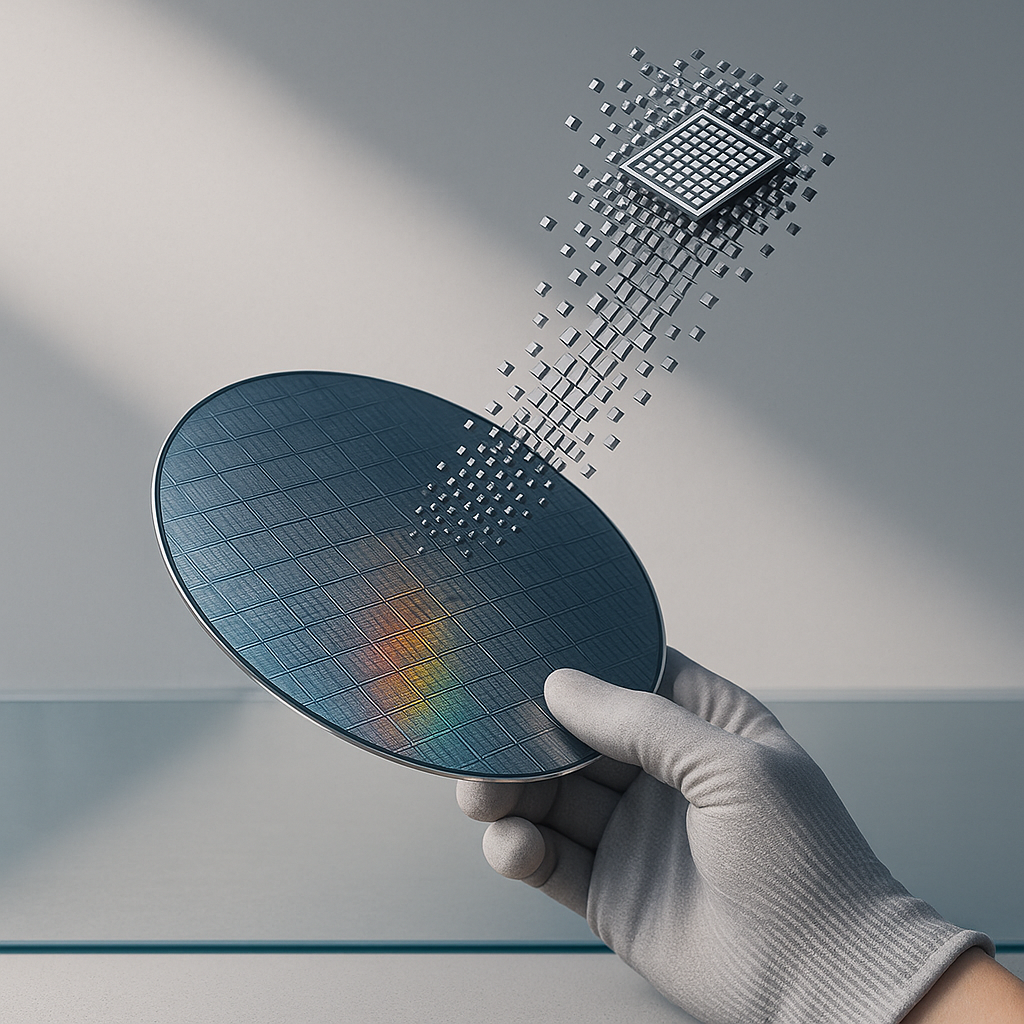Boosters will argue this was the week speculation became architecture: Nighthawk’s 120 qubits and 218 tunable couplers deliver roughly 30% more circuit complexity at similar error rates, with a path from 5,000 to 10,000 two‐qubit gates by 2027; Loon bakes in long‐range couplers, routing layers, and reset gadgets toward a 2029 fault‐tolerance date; a qLDPC decoder broke the sub‐480‐ns barrier ahead of schedule; and a new C‐API promises >100× lower mitigation costs in some contexts. Skeptics will note that deeper circuits amplify crosstalk and calibration burden, community‐verified advantage can still be challenged or invalidated, logical qubits at scale remain stubborn, and 300‐mm fabrication may magnify cost and yield risk even as it targets a 10× jump in chip complexity. The pragmatic middle says the real news is openness—benchmarks, an advantage tracker, and HPC integration—because proof must be portable. Provocation: more gates aren’t progress if they just stack errors faster. The article’s own caveats—verification, reliability at depth, manufacturing uncertainty, and platform diversity—keep the verdict rightly unsettled.
Here’s the counterintuitive takeaway: the decisive levers aren’t qubits but the plumbing—couplers, decoders, software hooks, and fabs—because those are what convert a roadmap into repeatable practice. If late‐2025/2026 Nighthawk access beats classical baselines and community‐verified claims land in 2026, Loon’s 2027–2029 logical‐qubit goals move from promise to plan; if yields and error rates wobble with depth, timelines slip and rivals with different physics gain room. For developers, target dynamic circuits and qLDPC‐friendly workloads; for investors, watch 300‐mm yield and error trends; for educators, build decoder and HPC talent to sustain real‐time correction. The signals to track are simple: depth‐at‐fidelity, third‐party validation, and fab learning rates. The test ahead is public: show advantage, survive scrutiny, and let the data decide.
